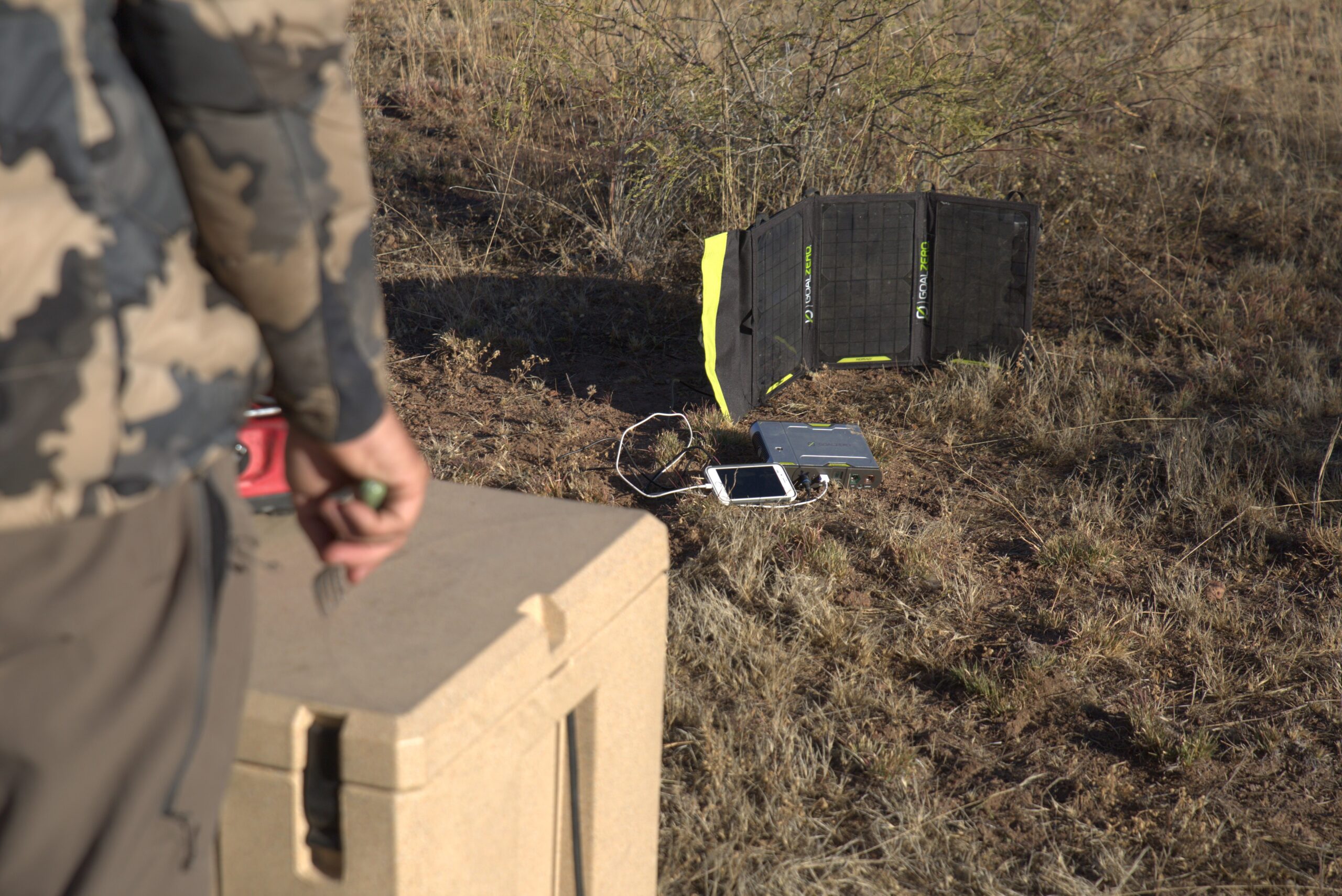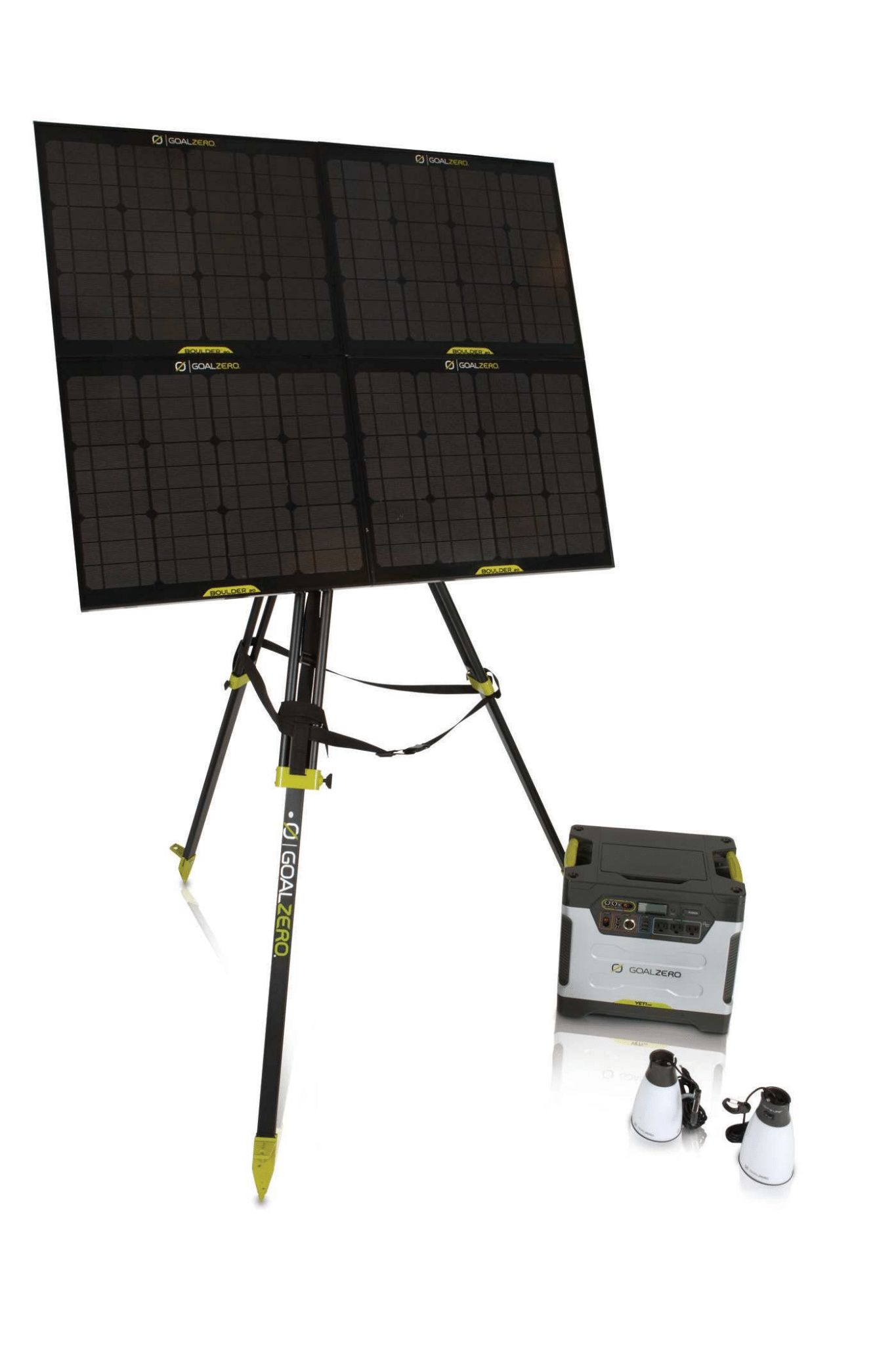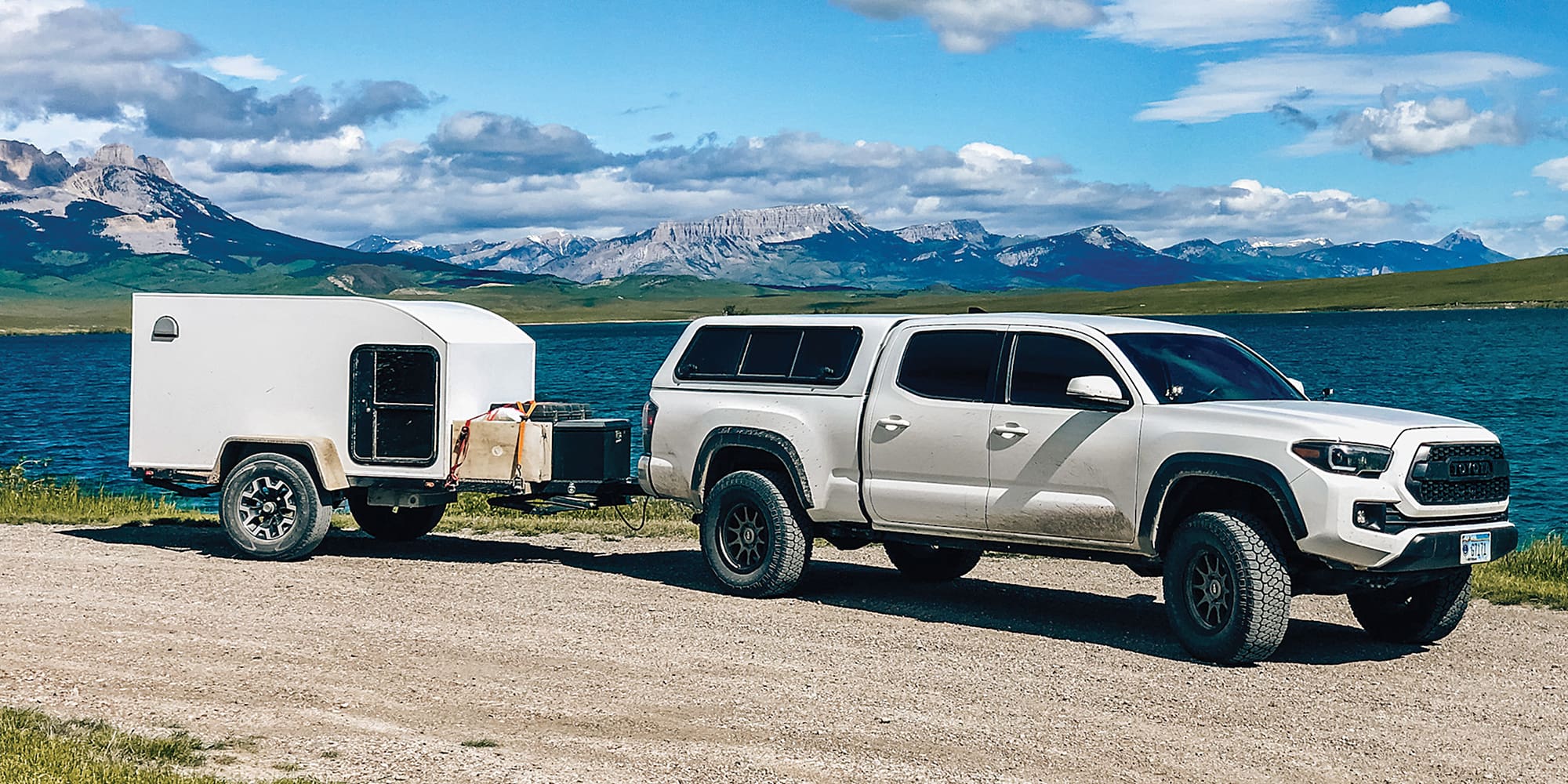NOTICE: Certain links on this post may earn a commission for Western Hunter Magazine from Amazon or our other affiliate partners when you make a purchase. Thank you for your support.
Goal Zero Review – Solar Power for Hunters and Outdoorsmen
As hunters we are always trying to get away from civilization, away from the roads…away from everything! We strive to spend time outdoors, untethered by the trappings of everyday life. Sounds great, right? The reality is that unless you only go on one hunting trip a year and/or have nobody back home who really cares if you’re alive or dead, this just isn’t reality.
Nowadays, even most minimalist backcountry hunters are packing at least one cell phone, GPS, camera and flashlight, all of which require power. It’s a sick feeling to wake up on day two of a five-day backcountry hunt and figure out that you left your headlamp on all night, or the cold has sucked all the juice out of your GPS or camera. Fortunately, the latest advancements in solar energy panels and chargers will put your mind at ease without draining your wallet.
At the very forefront of “backcountry worthy” solar energy products is Goal Zero out of Bountiful, Utah. Last summer I got a quick glance at the innovative products that Goal Zero is building that can power anything from my iPhone to entire villages. Everything they build just makes sense!
Having spent more time researching this company, the reason for this is relatively simple; the people at Goal Zero are just like us. They hunt, fish, backpack, travel…and they strive to “live off the grid”. When the entire culture of a company is based on similar principles, then their products will reflect their dedication to this lifestyle.
Guide Plus 10 Kit
As I alluded, Goal Zero has an extensive product line, but there are a few products that stand out as obvious companions to western hunters. The first kit that caught my eye is the Guide Plus 10 Kit. This package includes the Nomad 7 solar panel and Guide 10 Plus recharger battery pack. The solar panels are built into a foldable synthetic case and are essentially unbreakable under anything close to normal use. They generate 7 watts of power with full sun and can completely recharge a dead cell phone in 1-3 hours.
There are three types of power outlets, one for a common USB, 12-volt cigarette lighter type, and one unique outlet for charging the Guide 10 Plus battery pack - all at a scant 12oz.
The Guide 10 Plus battery pack is nothing short of genius. The heart of the pack is comprised offour Goal Zero AA rechargeable batteries, which store enough energy to completely recharge a typical cell phone twice. There is also an included adapter for AAA batteries which can be purchased. The batteries can be removed and used in any AA or AAA powered device.

Having used rechargeable batteries in the past, I’ve always been disappointed with their ability to hold a charge under continuous use. So, I plugged three fully charged Goal Zero AA batteries into my 100-lumen energy sucking headlamp and did a two-hour night hike. When I was done, the battery indicator showed greater than 90% of the capacity was still available!
The Nomad 7 solar panel can charge the battery pack in only two hours, so every day you can recharge all of your batteries back to full power - a great feeling when the sun is going down and you’re still miles from camp. The Guide Plus 10 kit retails for $119.95.
Yeti 1250 Solar Generator
On the other side of the size and weight spectrum is the Yeti 1250 solar generator. As its name implies, the big Yeti can store 1250 Wh and can produce 1200 watts continuous with a 1500-watt peak. With this type of power storage capabilities and output potential, the Yeti 1250 can serve as a backup for critical appliances during prolonged power outages. Given the fact that it doesn’t “burn” anything,it’s perfectly safe for indoor use, and you don’t have to worry about filling a tiny gas tank with a funnel in the dark! Anyone who has drawn the short straw in a base camp and had to get out of a warm sleeping bag to refill an empty generator knows what I’m talking about.
The Yeti 1250 has literally every electrical outlet form commonly used in the United States:
- (3) AC standard US outlets 110V AC 60Hz Pure-sine wave, 1200W max total continuous, 1500 max short duration
- Female 12V port 11-14V, 10A max (120@), unregulated
- (2) 6mm 12V ports 11-14V, 6A max each (72W), unregulated
- 12V Power Pole port 12-14V, 30A max (360W), unregulated
- (3) USB ports 5V, 1.5A max (7.5W) each, regulated
With the two Goal Zero Boulder 30 solar panels, the big Yeti can be charged in 20-24 hours. You can cut this time in half with four Boulder 30 panels chained together on the ingenious tripod mount. With this type of power and flexibility at your fingertips, you can truly survive off the grid and do it in style!

Being self-sufficient and confident in the backcountry is a great selling pitch all by itself, but of equal importance is our need to protect our environment leave a small footprint. According to the latest studies, up to 88% of the mercury and 50% of the cadmium contamination is due to the improper disposal of dry-cell batteries. With very limited recycling options readily available, we’re all guilty of throwing
those old Duracells in the closest garbage can. I can’t even count how many times I’ve found them ruptured in an old fire ring on public land. According to the EPA, Americans throw away 180,000 tons of batterieseach year, over half of which are single use alkaline batteries. We really do owe it to future generations to convert our use to rechargeable batteries as much as possible.
These are just a couple of the products that Goal Zero is producing; they literally make a product to fit any need. Given their rugged construction, ease of use and efficiency in capturing and storing solar energy, Goal Zero is doing its part to cut the cord that ties us down.
This Goal Zero review appeared in the Summer 2013 issue of Elk Hunter Magazine. Click here to subscribe and have gear reviews like this one delivered to your mailbox!













